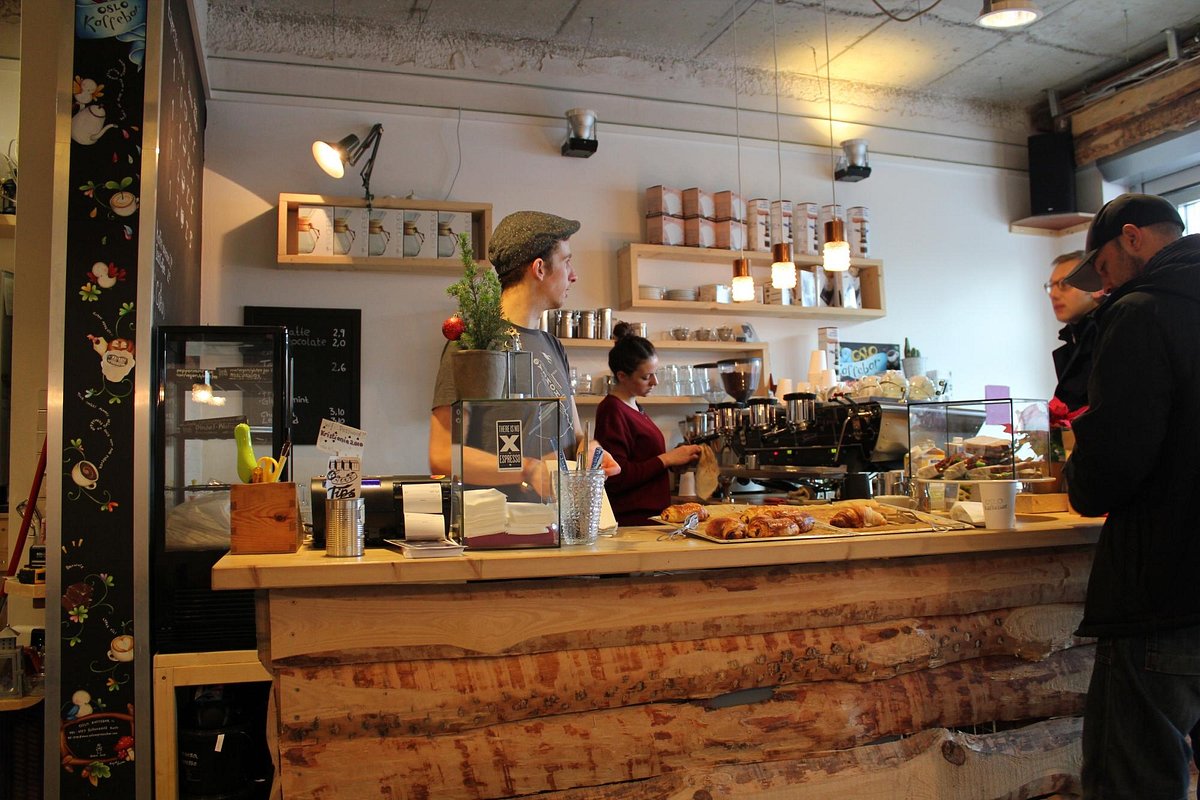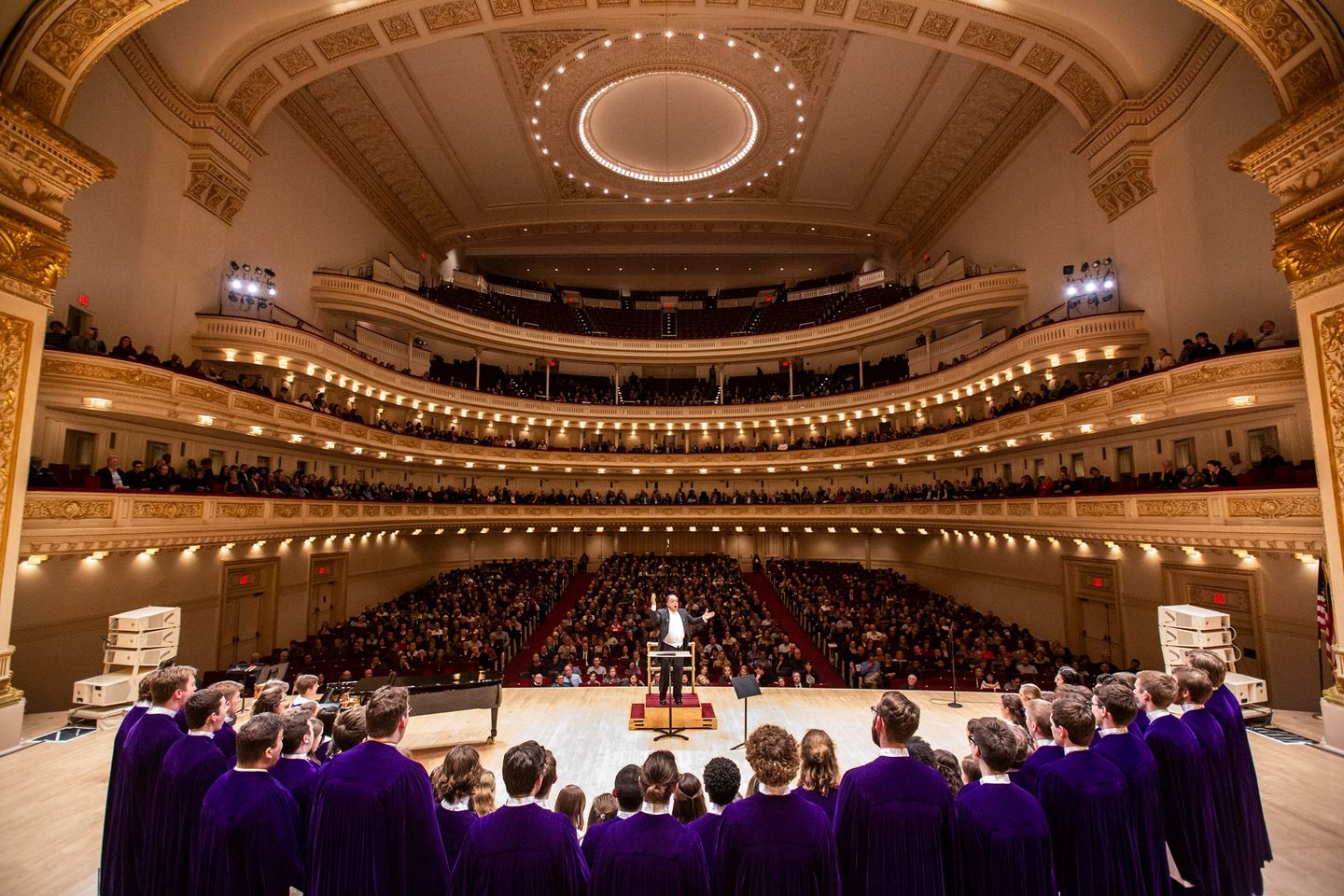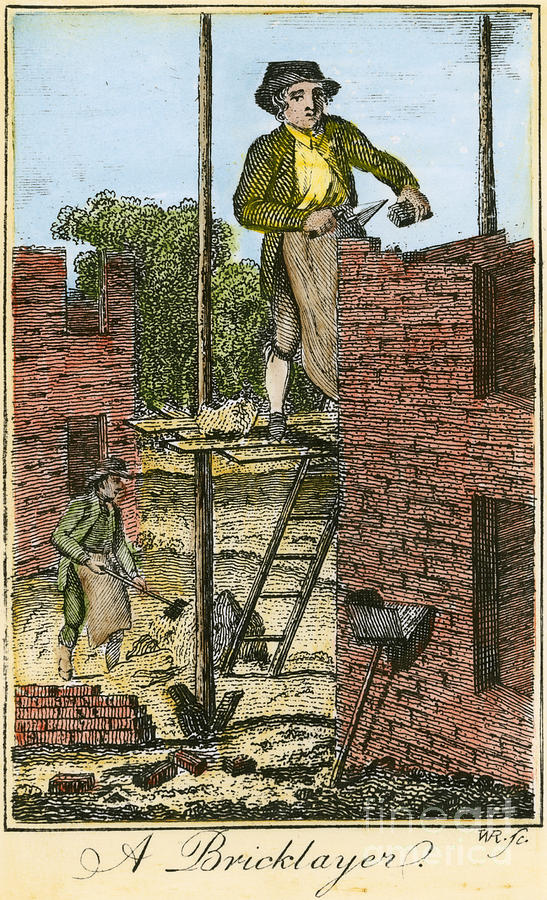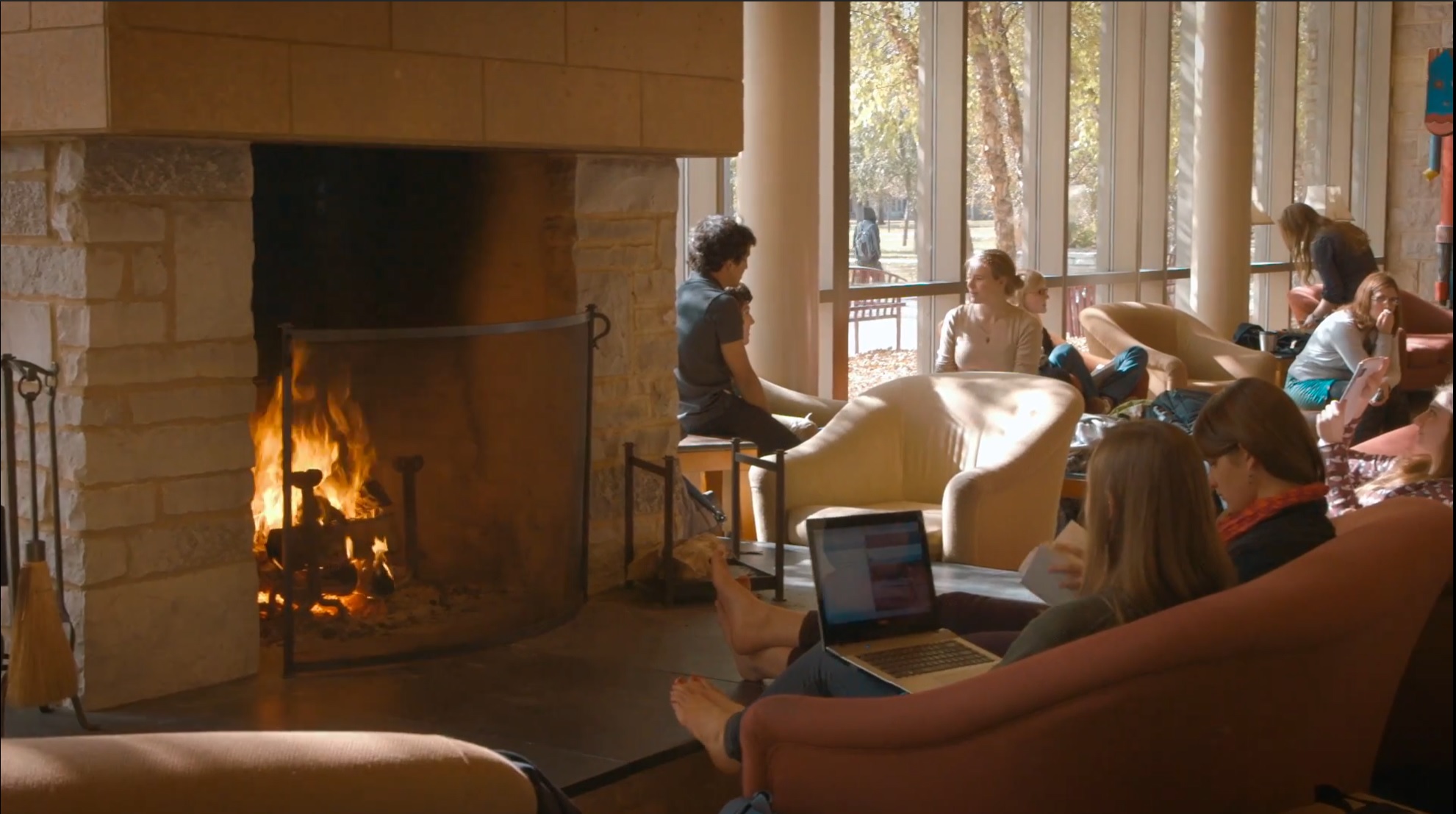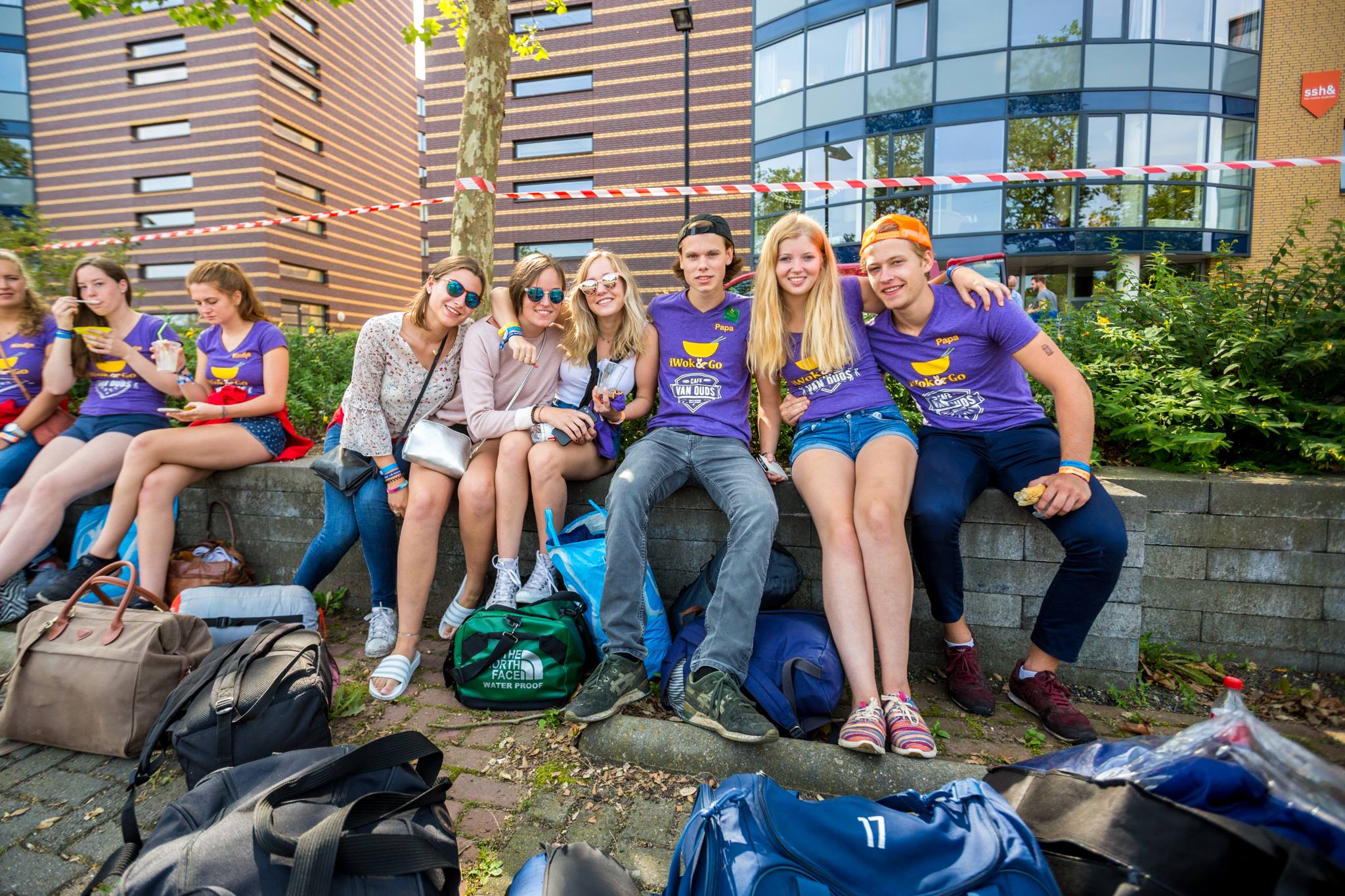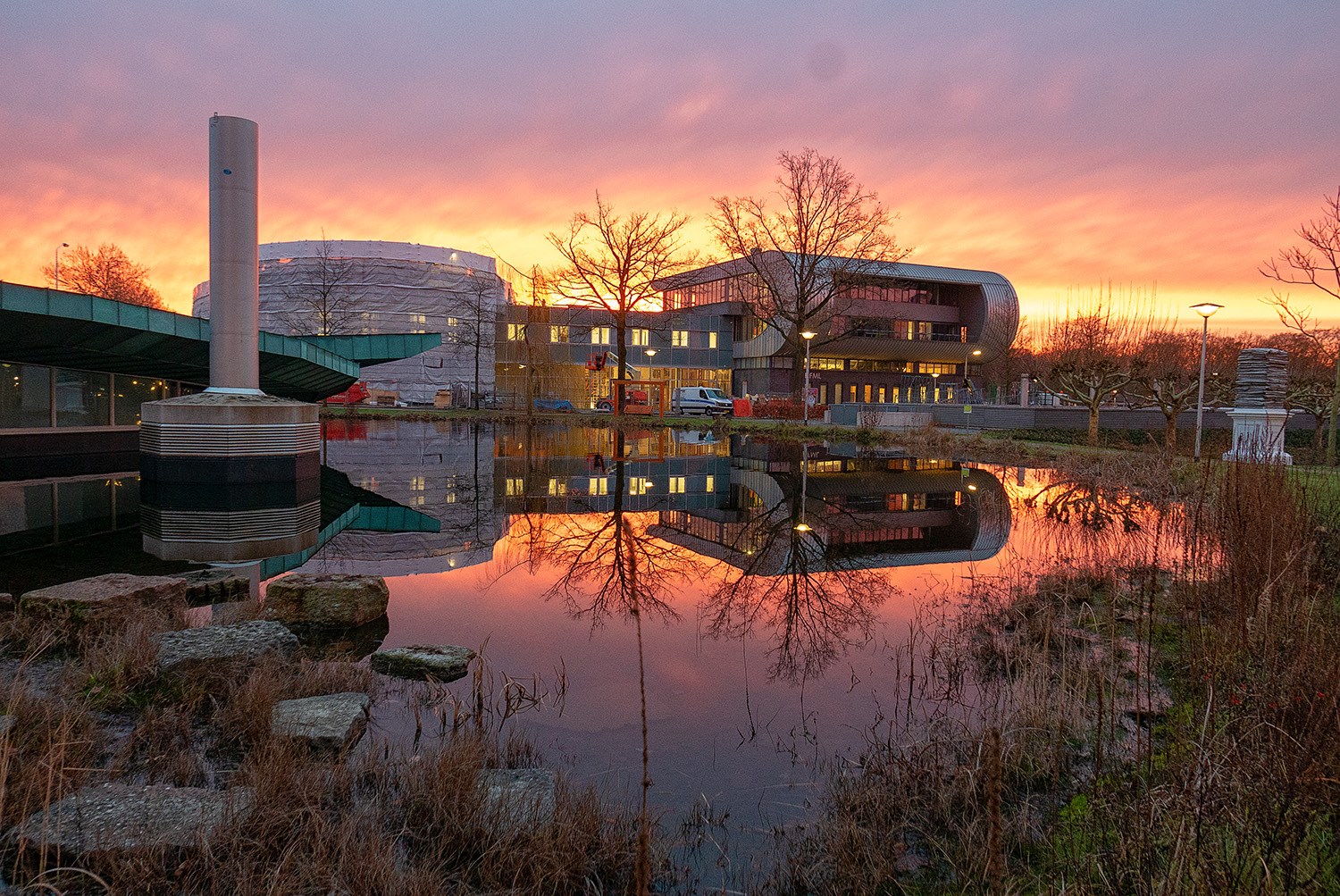Norsk Salmebok
- Home Page 110

Kokkekaffe
Standards Norway | University of Oslo Statement of Cash Flows: NOK (000) 677 989
Coffee and cardiovascular disease: From epidemiological to etiological perspective | Ulsaker, Hilde
“The Strange Death of Europe” | Douglas Murray
God morgen #arendalsuka ! På MS Sunnhordaland er kaffen og vaflene klare. Kl 8:30 er står følgende på blokka: Hvem har ansvaret når den offentlige debatten flyttes til Facebook? https://t.co/WVBFxqWR5P… @OsloMet @UniOsloHF pic.twitter.com/Eq97wFNxmb
— Universitetet i Oslo (@UniOslo) August 16, 2018
The Brew
This content is accessible to paid subscribers. To view it please enter your password below or send mike@standardsmichigan.com a request for subscription details.
“What Wondrous Love”
St. Olaf Choir in Norway | In the Fjords
The authorship of the hymn “What Wondrous Love Is This?” is unknown, and it is believed to be a traditional American folk hymn that emerged in the early 19th century. The hymn is sometimes attributed to American composer and music educator William Walker, who included it in his songbook “Southern Harmony” in 1835. It has become a beloved hymn in many Christian traditions, particularly during the season of Lent and Holy Week, as it helps worshippers reflect on the depth and meaning of Jesus Christ’s sacrifice.
History of Western Civilization Told Through the Acoustics of its Worship Spaces
Dickinson County Michigan
This content is accessible to paid subscribers. To view it please enter your password below or send mike@standardsmichigan.com a request for subscription details.
Trowel Trades
Bricklayers, sometimes known as masons, are skilled craftsmen that must be physically fit, have a high level of mathematical skill and a love for precision and detail.
Bricklaying standards are guidelines and specifications that ensure the quality and safety of bricklaying work. These standards are often established by industry organizations, regulatory bodies, or national building codes. While specific standards may vary by region, some core bricklaying standards include:
Building Codes: Compliance with local building codes is essential. These codes provide regulations for construction practices, including specifications for masonry work. Bricklayers must adhere to the building codes relevant to the specific location of the construction project.
ASTM International Standards: ASTM International (formerly known as the American Society for Testing and Materials) develops and publishes technical standards for various industries, including construction. ASTM standards related to bricklaying cover materials, testing procedures, and construction practices.
Masonry Construction Standards: Organizations like the Masonry Standards Joint Committee (MSJC) in the United States publish standards specifically focused on masonry construction. These standards address topics such as mortar, grout, reinforcement, and structural design considerations.
Quality Control: Standards related to quality control in bricklaying include specifications for mortar mixtures, proper curing of masonry, and guidelines for inspecting finished work. Adherence to these standards helps ensure the durability and longevity of the masonry construction.
Safety Standards: Occupational safety standards, such as those outlined by the Occupational Safety and Health Administration (OSHA) in the United States, are critical for protecting workers on construction sites. These standards cover aspects like fall protection, scaffolding safety, and the proper use of personal protective equipment.
Brick and Block Standards: Standards related to the dimensions, composition, and properties of bricks and concrete blocks are important for achieving structural integrity. These standards specify characteristics such as compressive strength, absorption, and dimensional tolerances.
Construction Tolerances: Tolerances dictate acceptable variations in dimensions and alignments in bricklaying work. These standards help ensure that the finished structure meets design specifications and industry-accepted tolerances.
Testing and Inspection: Standards related to the testing and inspection of masonry work help verify that construction meets specified requirements. This includes procedures for mortar testing, grout testing, and overall quality inspections.
It’s important for bricklayers and construction professionals to be aware of and follow these standards to guarantee the safety, quality, and compliance of their work. Additionally, staying informed about updates to industry standards is crucial as they may evolve over time to reflect advancements in materials, techniques, and safety practices.
Installer Tile Specialist Installation Standards
Installer Tile Specialist (ITS) Installation Standards Verification (English)
– I am American 🇺🇸
– I’ve lived in Texas my entire life and never been outside the USA, YET.
– I’ve been mass reported by many haters, hi guys 🥱
– I own a Tile/Masonry business.
– My goal: Inspire others to Learn a Trade.
– I used to be a liberal, Thank God for 𝕏 opening my… https://t.co/6wYoxazTew pic.twitter.com/olmBRYCLPg— Mary Tiles Texas (@MaryTilesTexas) April 14, 2025
Moral Inquiry
🍂🍁It’s the most wonderful time of the year @Radboud_Uni #teamherfst #AutumnVibes pic.twitter.com/Q8HHtGVXvr
— Radboud University (@Radboud_Uni) September 23, 2022
Every non-Western immigrant that enters The Netherlands puts an average strain of €600.000 on the Dutch national treasury.
Yet many people still believe the diabolical lie that immigration is necessary to solve the aging population issue. The opposite is true. pic.twitter.com/zFLGW60ReP
— Eva Vlaardingerbroek (@EvaVlaar) October 6, 2025
“Faith of our Fathers”
“Faith of Our Fathers” is a hymn written in 1849 by Frederick William Faber, a Catholic priest, to honor the steadfast faith of Catholic martyrs, particularly in England during times of persecution. Set to the tune “St. Catherine,” it celebrates the enduring legacy of faith passed down through generations, emphasizing resilience against adversity. The lyrics reflect themes of sacrifice, courage, and devotion, urging believers to uphold their faith despite challenges.
Originally Catholic, the hymn has been adapted by various Christian denominations, symbolizing a universal call to remain steadfast in spiritual conviction, inspired by ancestral faithfulness.
New update alert! The 2022 update to the Trademark Assignment Dataset is now available online. Find 1.29 million trademark assignments, involving 2.28 million unique trademark properties issued by the USPTO between March 1952 and January 2023: https://t.co/njrDAbSpwB pic.twitter.com/GkAXrHoQ9T
— USPTO (@uspto) July 13, 2023
Standards Michigan Group, LLC
2723 South State Street | Suite 150
Ann Arbor, MI 48104 USA
888-746-3670


